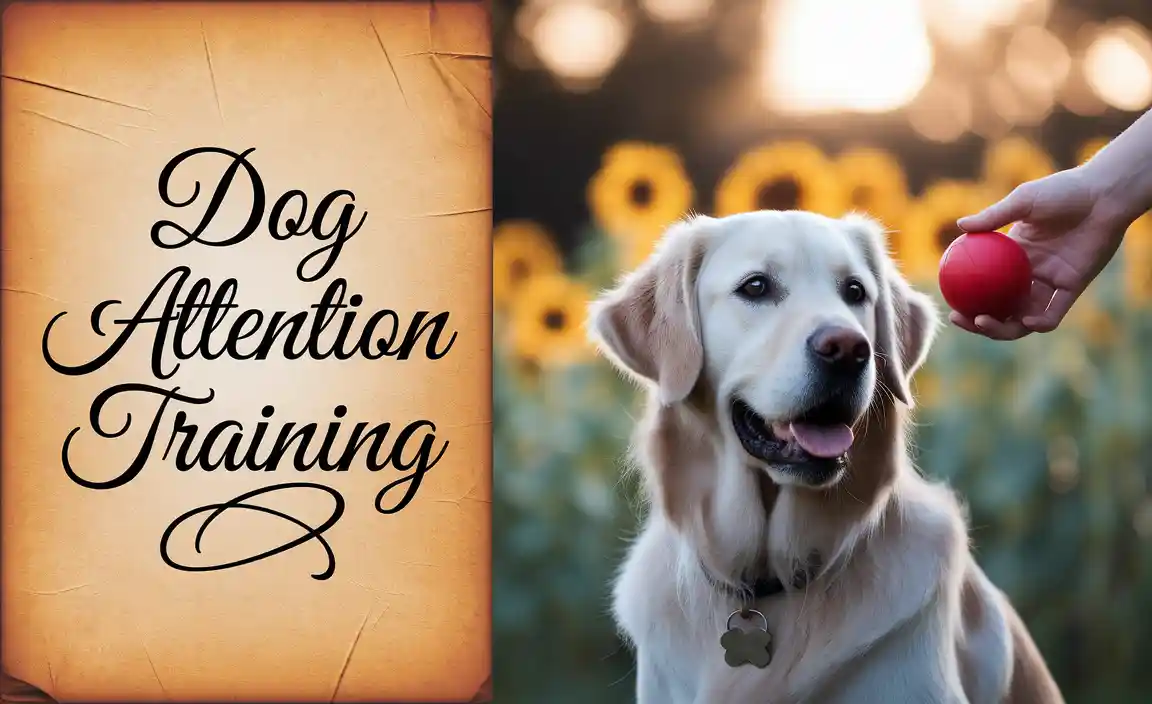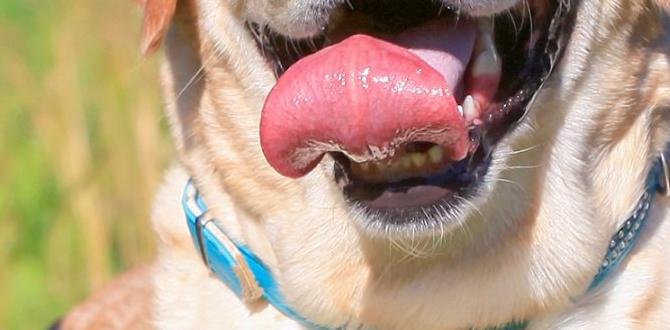Dog attention seeking training can often feel like a constant battle. You might find yourself frustrated by your dog’s persistent nudges, incessant barking, or dramatic displays of affection the moment you dare to look away. However, what often gets mislabeled as simply “attention-seeking behavior” can, with the right approach, become a powerful tool for strengthening your bond and creating a more harmonious relationship. This isn’t about ignoring your dog, but rather about teaching them how and when to seek and receive appropriate attention, transforming those demanding antics into delightful interactions.

Understanding the Root of “Attention Seeking”
Before diving into solutions, it’s crucial to understand why your dog might be exhibiting these behaviors. Dogs are inherently social creatures. They crave connection, interaction, and reassurance from their human pack. When they don’t receive enough of what they perceive as acceptable attention, they will naturally find ways to solicit it. This can stem from:
Lack of Structured Interaction: Does your dog get enough dedicated playtime, training sessions, or simply quiet cuddle time? If their day consists of long stretches of solitude or intermittent, haphazard interactions, they might feel the need to actively pursue your focus.
Boredom and Understimulation: A bored dog is often an inventive dog, and their inventions usually revolve around getting your attention. If their physical and mental needs aren’t being met, they’ll look to you to provide entertainment, even if it’s negative attention.
Anxiety or Insecurity: For some dogs, attention seeking can be a coping mechanism for underlying anxiety. They may be looking for reassurance that you’re still there, or trying to alleviate a feeling of unease.
Learned Behavior: This is where the “effortless solution” comes into play. If your dog has learned that barking, pawing, or other disruptive behaviors result in you looking at them, petting them, or even scolding them (which is still attention!), they’ve been inadvertently trained to do exactly that.
Implementing Effective Dog Attention Seeking Training
The good news is that redirecting these behaviors is not about harsh correction, but about positive reinforcement and clear communication. The goal is to teach your dog that calm, polite behavior is the most effective way to get what they want – your attention.
Rewarding Calmness: The Foundation of Dog Attention Seeking Training
One of the most effective strategies is to proactively reward your dog when they exhibit the behavior you desire, even when you aren’t actively seeking their attention. This means:
Catch Them Being Good: The moment your dog is lying peacefully beside you, chewing a toy quietly, or just behaving in a relaxed manner, offer praise, a gentle pat, or even a small, high-value treat. This reinforces that being calm and independent is rewarding.
Strategic Attention: Instead of waiting for your dog to demand it, initiate interactions yourself. Spend a few minutes each hour engaging in play, practicing a few obedience cues, or simply offering a good scratch. This helps to fill their “attention cup” proactively, reducing the need for them to beg for it.
The Power of the Pause: When your dog engages in an unwanted attention-seeking behavior (like pawing at you), resist the urge to react immediately. Wait for a brief pause in their behavior – even a second or two – and then calmly redirect them to an acceptable alternative (e.g., ask for a “sit” and reward that).
Teaching an Alternative Cue for Attention
Sometimes, dogs just want to know they’ve been seen and acknowledged. Teaching them a specific cue to signal that they want your attention can be incredibly effective.
The “Look at Me” Command: This is invaluable. Start by holding a treat near your eye. When your dog looks at your face, say “Look” or “Watch me” and give them the treat. Gradually increase the duration they need to hold your gaze before receiving the reward. Practice this in various environments.
The “Touch” or “Nose Target”: Teach your dog to gently touch your hand with their nose. This is a polite way for them to initiate interaction. Always reward this desired behavior with praise and a small treat, and then follow up with some interaction or a verbal cue such as “Good dog!”
Managing Unwanted Behaviors Effectively
It’s inevitable that you’ll still encounter instances of demanding behavior. Here’s how to handle them without inadvertently reinforcing them:
The “Quiet” Before the Reward: If your dog is barking for attention, do not give them any attention until they have been quiet for at least a few seconds. Once they stop barking, even momentarily, calmly address them. You can then ask for a desired behavior like a “sit” and reward that.
Ignore, Then Reward: For persistent nudging or pawing, the best approach is often to calmly ignore it. Turn away, avoid eye contact, and do not speak. The instant they stop the unwanted behavior, turn back, offer praise, and perhaps a quick petting session. This teaches them that polite behavior is what gets them noticed.
Provide Appropriate Outlets: Ensure your dog has plenty of mentally and physically stimulating activities. Puzzle toys, chew toys, regular exercise, and training sessions are essential. A tired dog is a well-behaved dog.
Making Dog Attention Seeking Training Effortless in the Long Run
The key to making this training feel “effortless” is consistency and patience. It’s not a quick fix, but a gradual shift in communication. By understanding your dog’s needs, consistently reinforcing desired behaviors, and calmly managing unwanted ones, you’ll find that your dog learns to seek your attention in more appropriate and enjoyable ways. This process not only solves the immediate problem but also deepens the bond you share, transforming those moments of demanding interruption into opportunities for positive connection. Remember, the goal is not to suppress your dog’s need for connection, but to channel it into a mutually rewarding interaction.
Meet Elyse Colburn, the devoted canine companion and storyteller behind the enchanting world of “Tales, Tails, and Adventures Unleashed.” A passionate dog enthusiast with a heart full of paw prints, Elyse Colburn shares heartwarming tales and insightful adventures, celebrating the joy, loyalty, and endless antics that make every dog a true hero. Join Elyse Colburn on this tail-wagging journey, where every post is a love letter to our four-legged friends.








